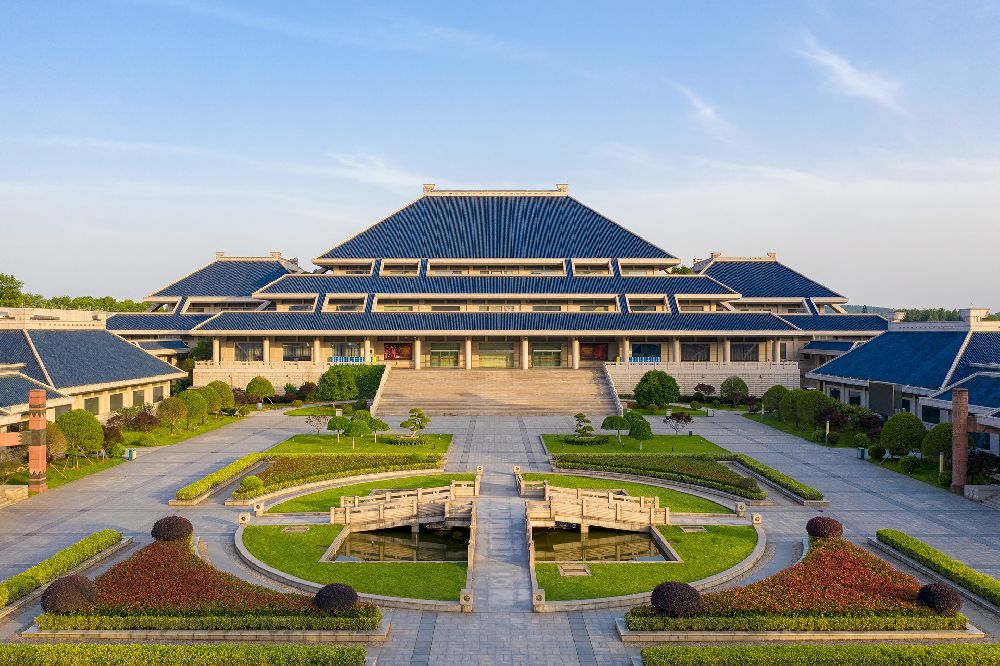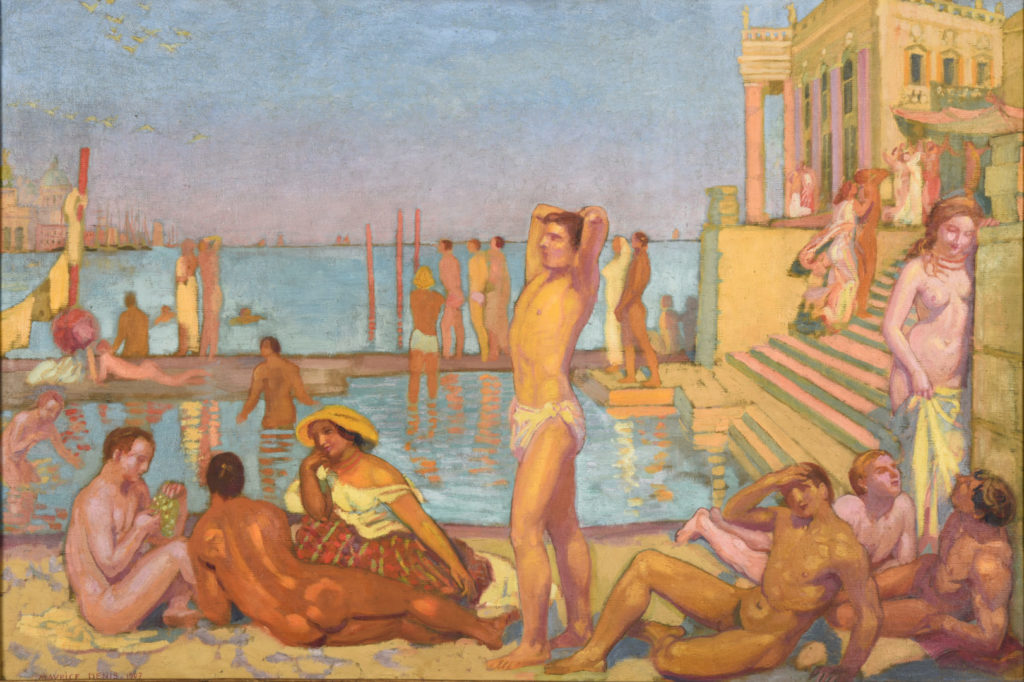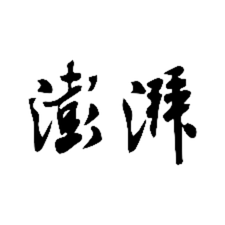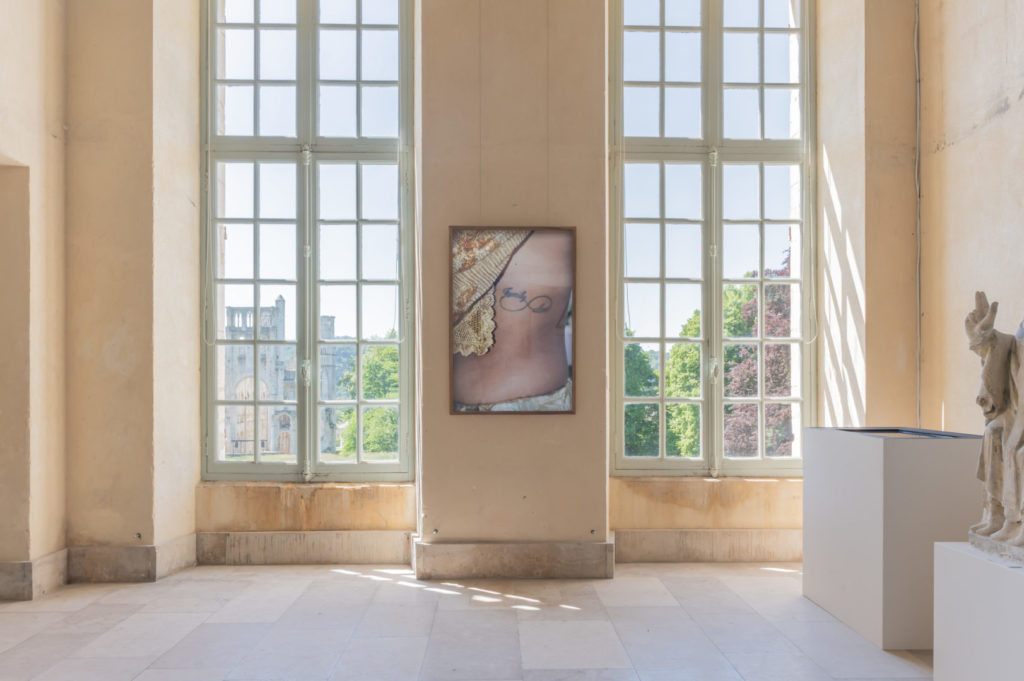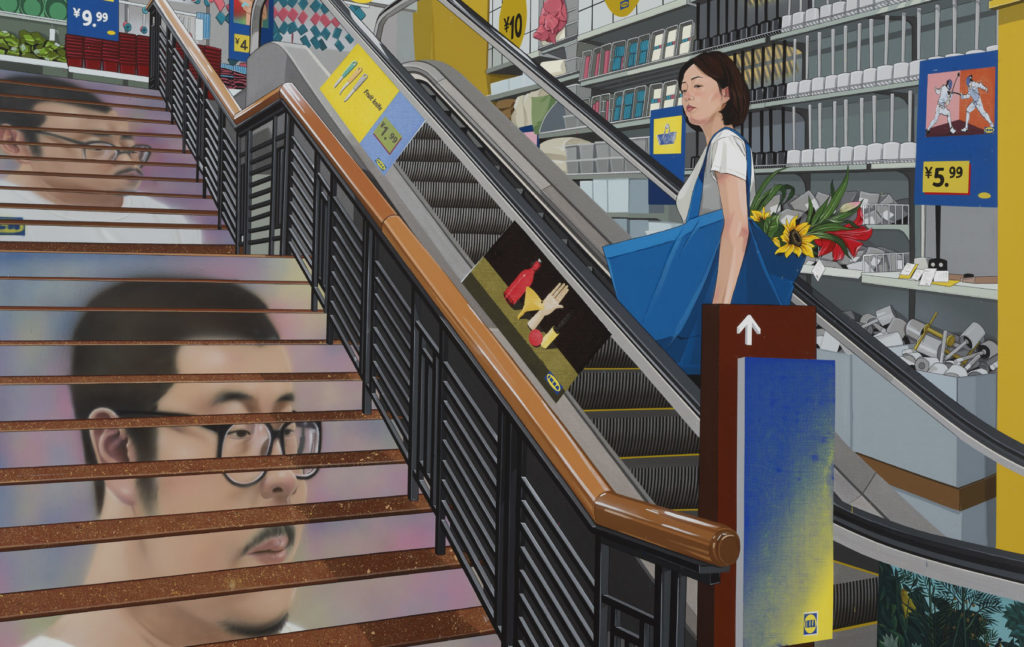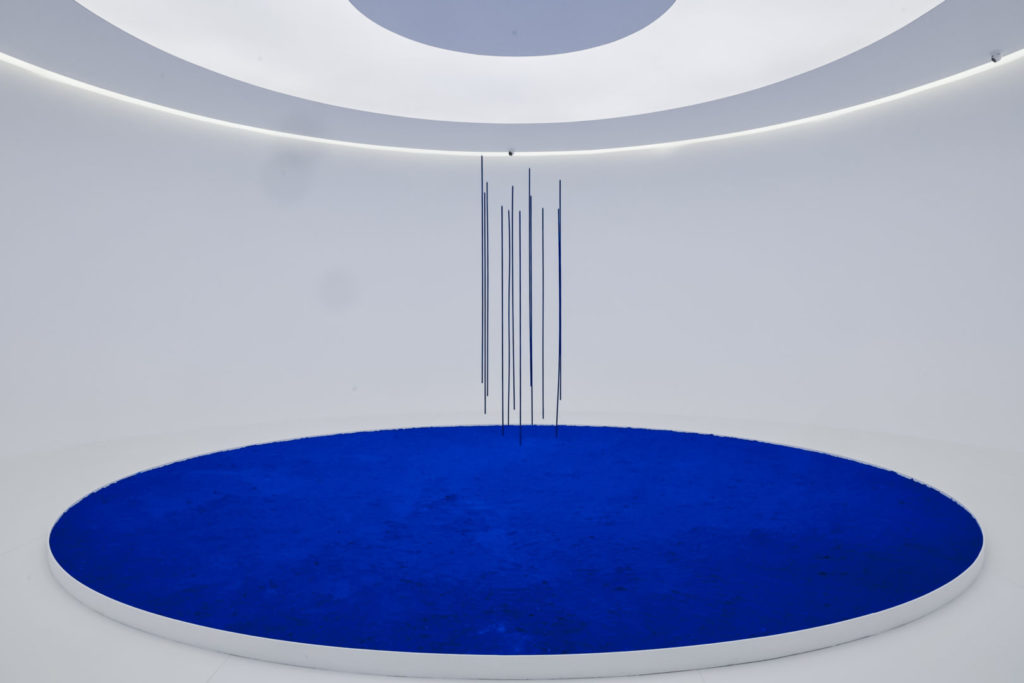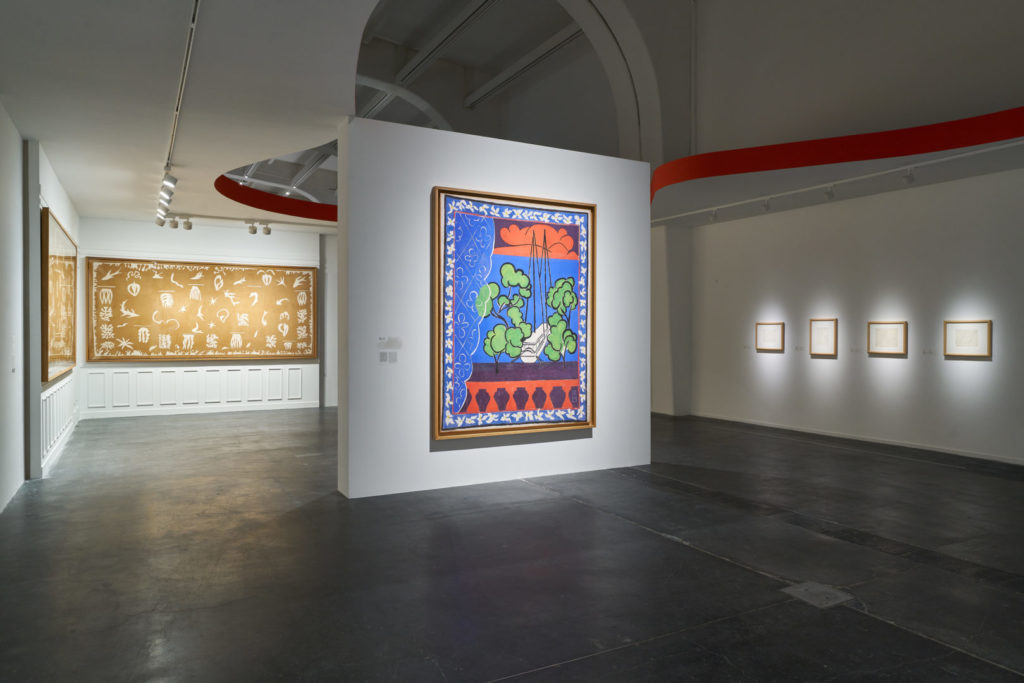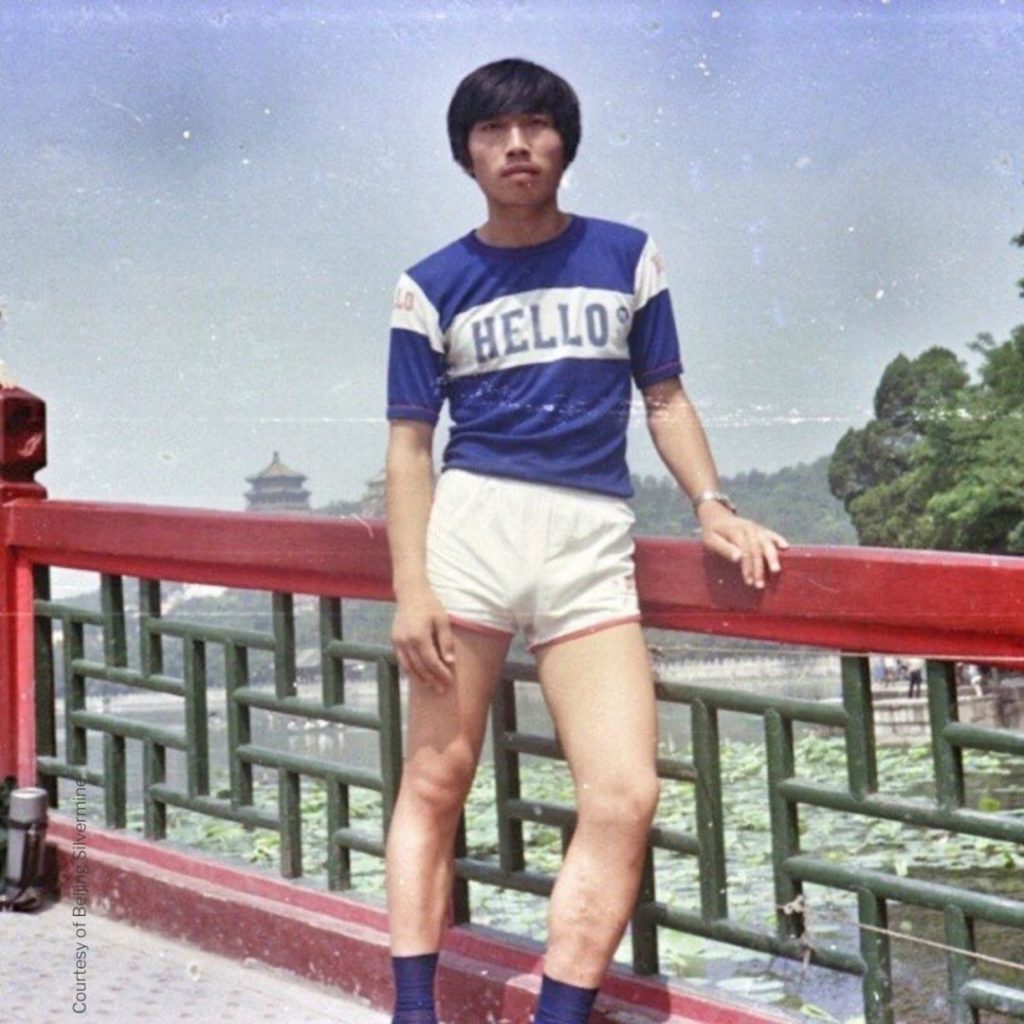The Musée des Beaux-Arts de Reims, the capital of Champagne region, is home to one of the largest collections of 19th century French landscape painting. “From Corot to Impressionism: The Birth of Modern Landscape Painting” is the first exhibition drawn exclusively from its collection to have the opportunity to travel to China, due to the renovation of the museum by British architect David Chipperfield until 2026.
Traditionally regarded as a lower-class genre, landscape painting gained recognition in 19th century France, through the emergence of innovative artists and art movements and the process of building a modern society post-French Revolution. The exhibition outlines the development of landscape painting in 19th century France, from Corot to the Barbizon School and Impressionism, through a selection of masterpieces from the Reims museum collection.
Landscape painters active in the first half of the 19th century found their major inspiration in Dutch and English landscape art. Many were active roughly from 1830 until 1855 in the village of Barbizon, on the edge of the Fontainebleau forest.
Camille Corot (1796-1875) was one of the most important painters of his time, and one of the first to persist in painting en plein air. His depictions of the shadows of trees trembling in the morning mist and the calm surface of the lake at dusk perpetuated classical composition, while at the same time revealing his intuition of nature. The aesthetic ideal of neoclassicism and the freshness of plein-air sketching coexisted wonderfully, paving the way for those who would follow in his footsteps and leave the studios behind. The Musée des Beaux-Arts in Reims has the second-largest collection of his work after the Louvre.
The Barbizon School, led by Théodore Rousseau, immortalized the tranquility of the countryside, rustic houses and the silhouettes of workers, recording the process of growth and disappearance of nature itself. The visual revolution of Impressionism directly depicted impressions of town and country in changing light, with pure unmixed colors and coarse brushstrokes, bringing a modern experience to landscape painting.
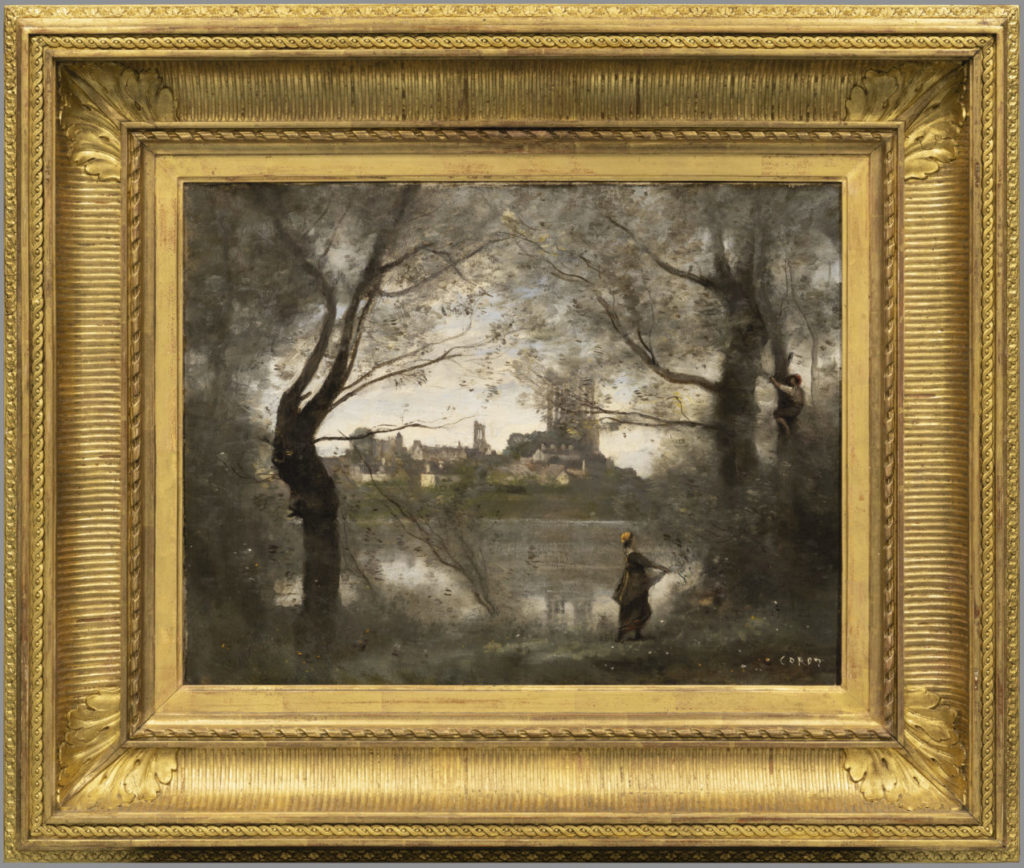
This exhibition features 66 high-quality paintings from the collection of the Musée des Beaux-Arts in Reims, France, tracing the birth and development of modern landscape painting.
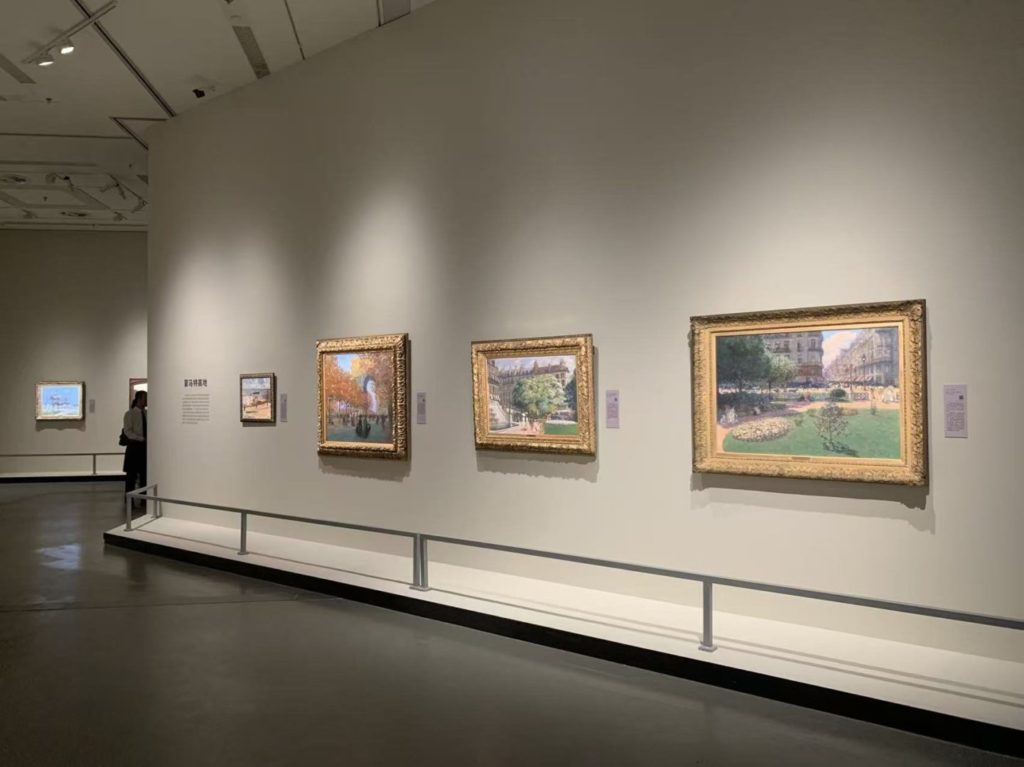
Exhibition view, Hubei Provincial Museum, China.
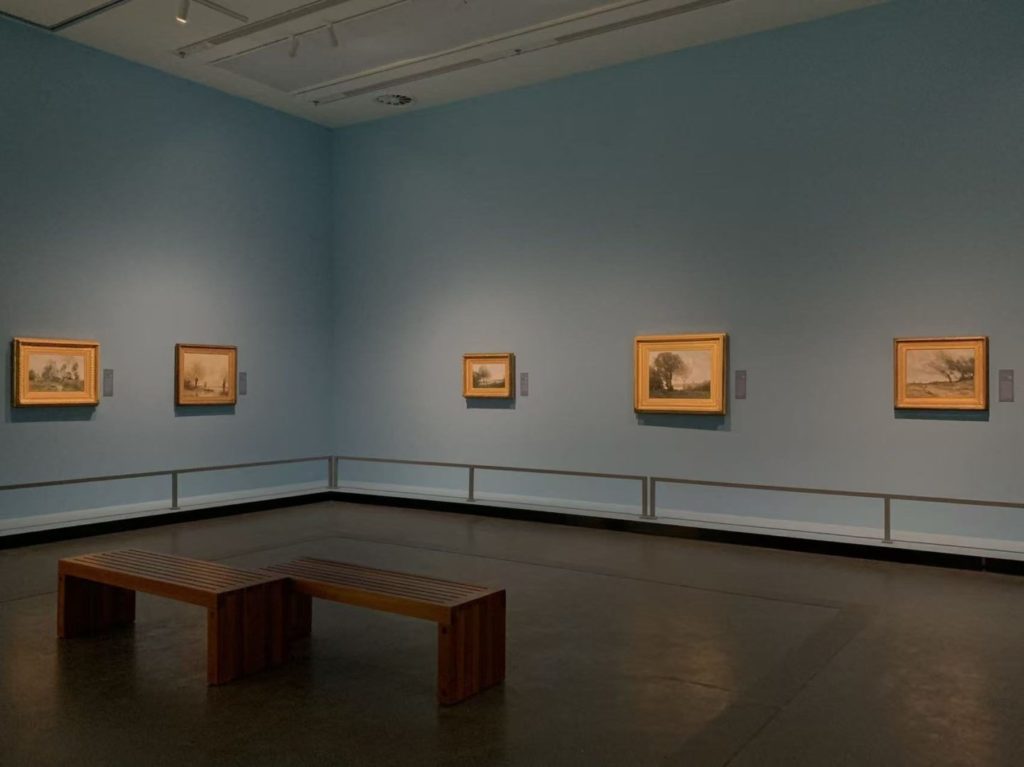
Exhibition view, Hubei Provincial Museum, China.
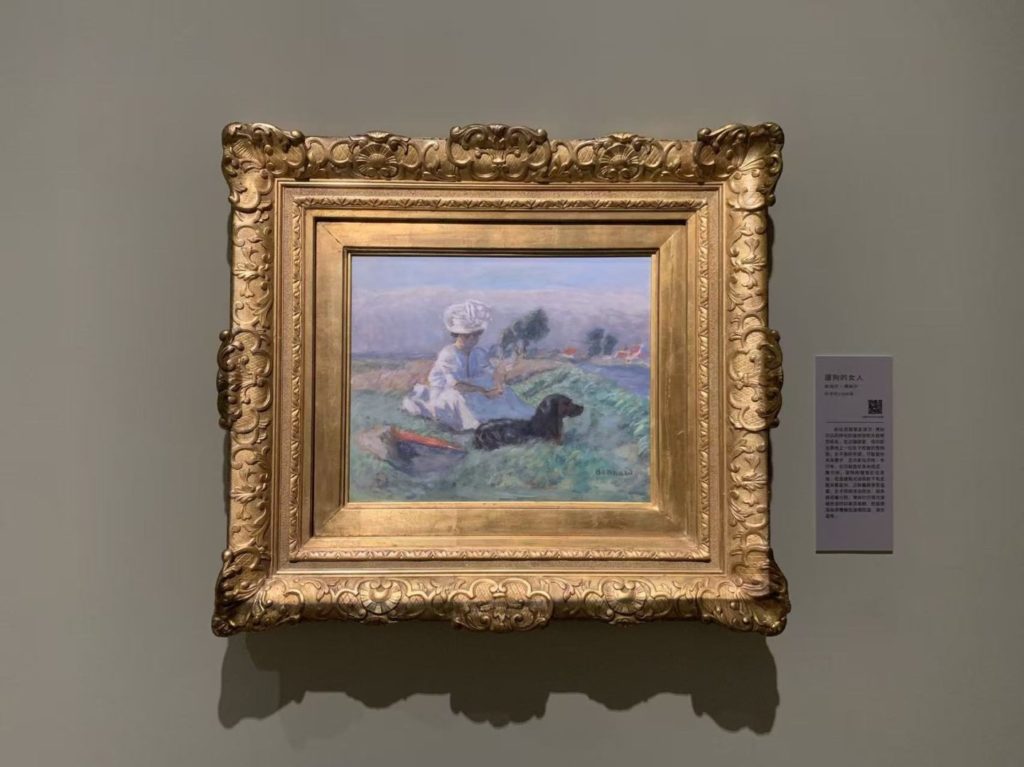
Exhibition view, Hubei Provincial Museum, China.
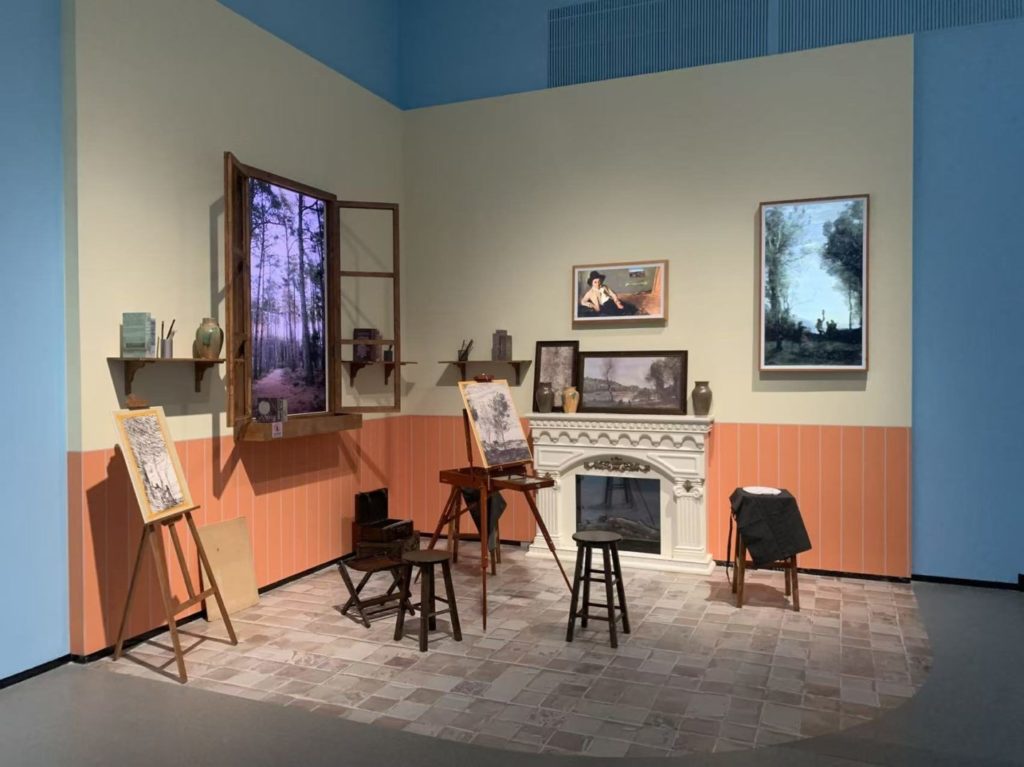
Exhibition view, Hubei Provincial Museum, China.
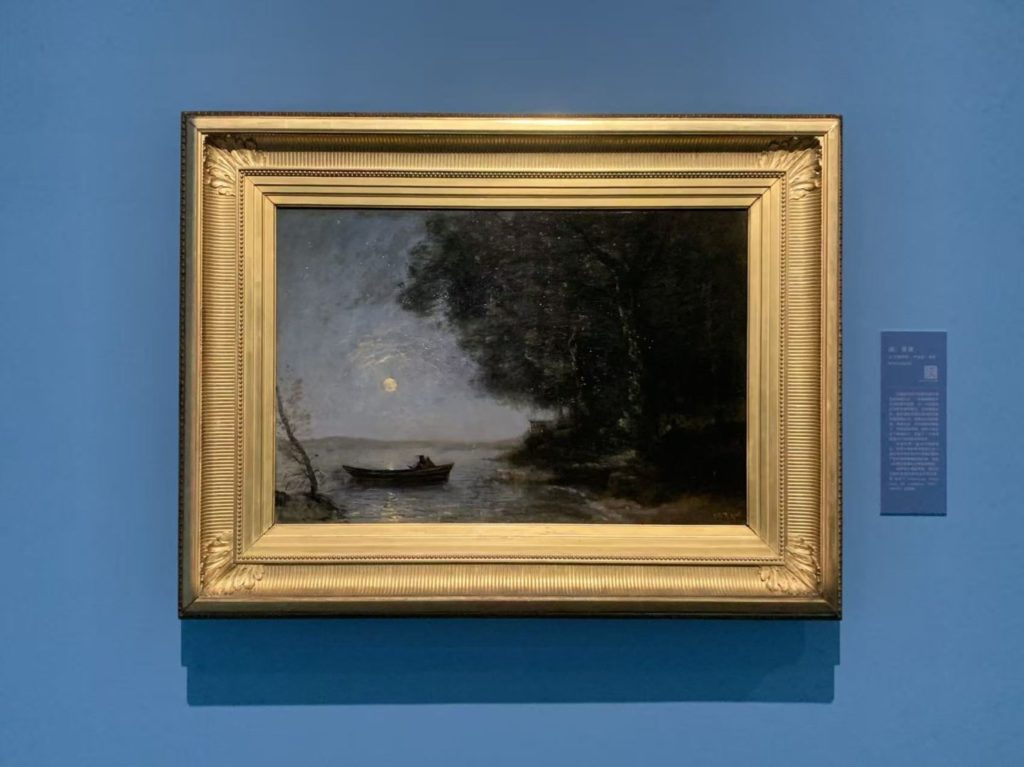
Exhibition view, Hubei Provincial Museum, China.
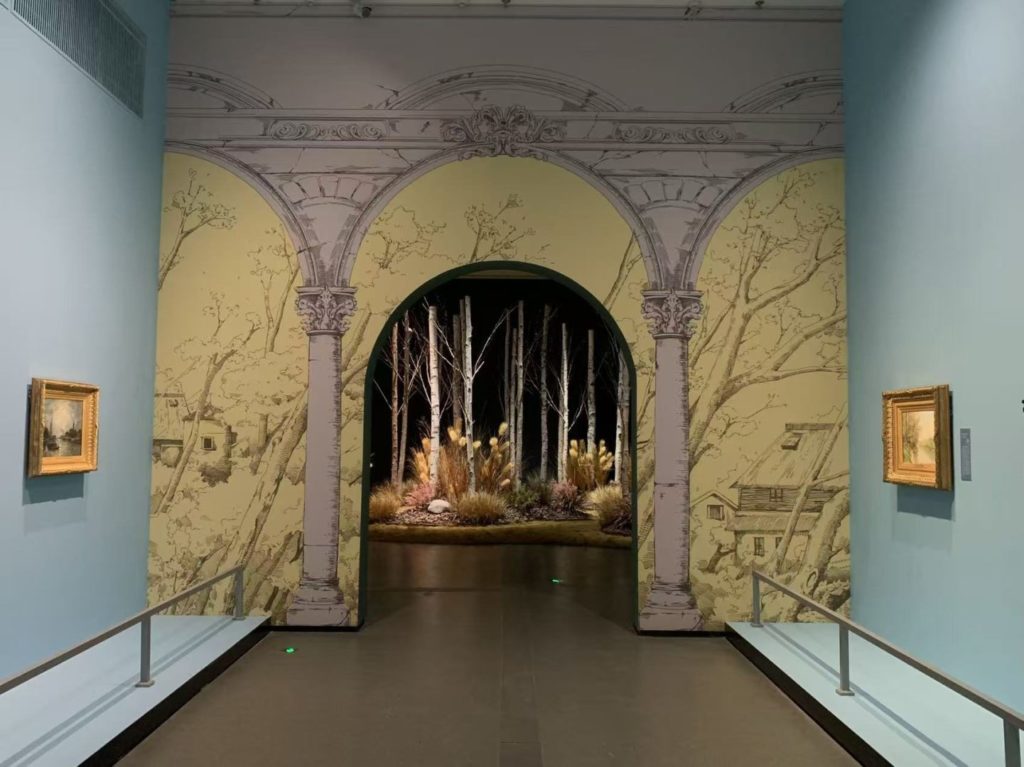
Exhibition view, Hubei Provincial Museum, China.
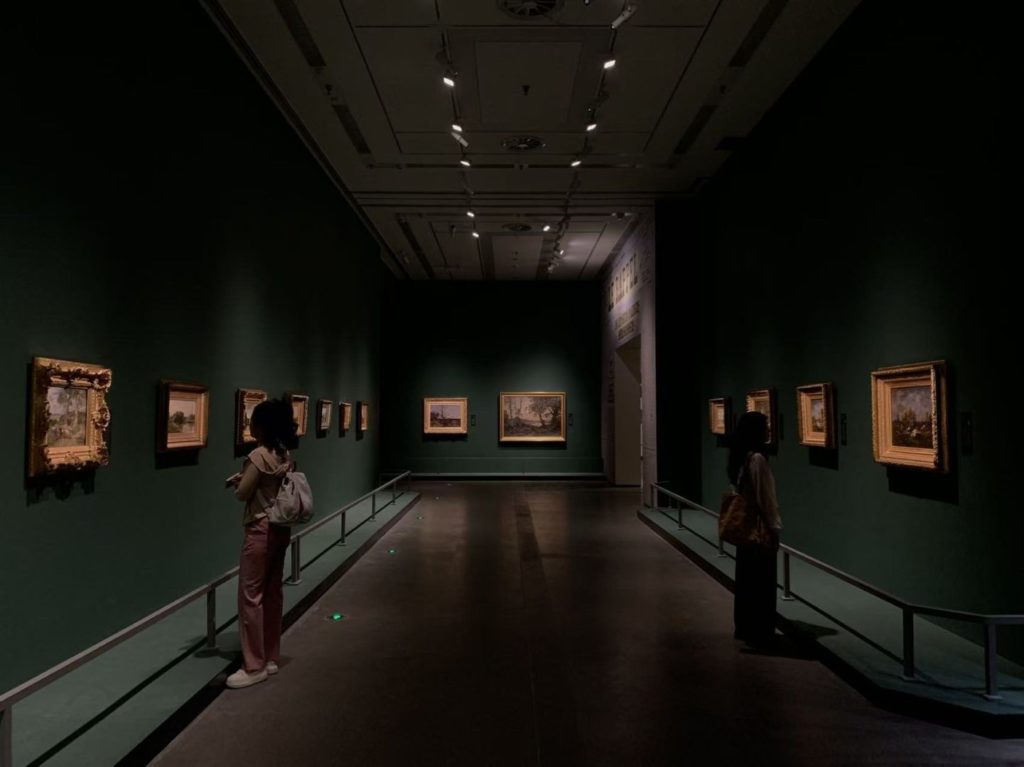
Exhibition view, Hubei Provincial Museum, China.

Exhibition view, Hubei Provincial Museum, China.

Exhibition view, Hubei Provincial Museum, China.

Exhibition view, Hubei Provincial Museum, China.

Exhibition view, Hubei Provincial Museum, China.

Exhibition view, Hubei Provincial Museum, China.

Exhibition view, Hubei Provincial Museum, China.

Exhibition view, Hubei Provincial Museum, China.
From Reims to Wuhan
The collections of the Musée des Beaux-Arts de Reims travel to the Hubei Provincial Museum in Wuhan from May 16 to August 17, 2025.
The Musée des Beaux-Arts de Reims is currently undergoing a major renovation and extension, scheduled for completion in 2027. Nevertheless, the museum continues to organize various outreach activities in France and abroad. At the invitation of Doors, the museum has been preparing this exhibition since 2021, in cooperation with the Hubei Provincial Museum.
The Musée des Beaux-Arts de Reims, located in the former Saint-Denis Abbey, is one of the most renowned museums in the Grand Est region. Founded in 1794, the museum has since collected several thousand works ranging from the Renaissance to the 20th century, and attracted 36,130 visitors in 2018. Currently closed for renovation since 2019, the museum continues to evolve and is preparing to open a new chapter in its history.
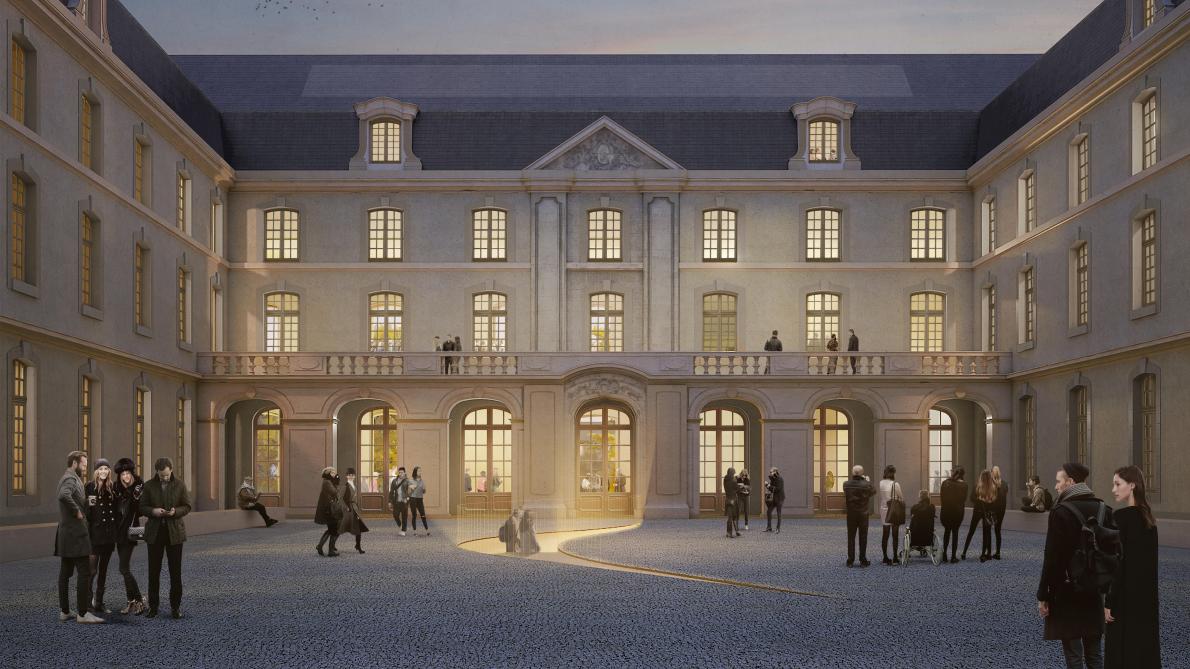
The Hubei Provincial Museum, located in Wuhan, is one of the best known museums in China. Standing by the beautiful East Lake, the museum was opened in 1956 to showcase some of Hubei’s incredible archaeological finds. Since its creation, the museum has collected over 200,000 cultural relics, including pottery, porcelains, jade and ancient musical instruments.
